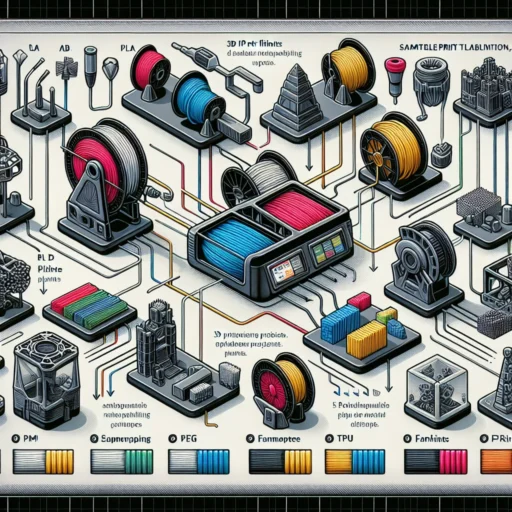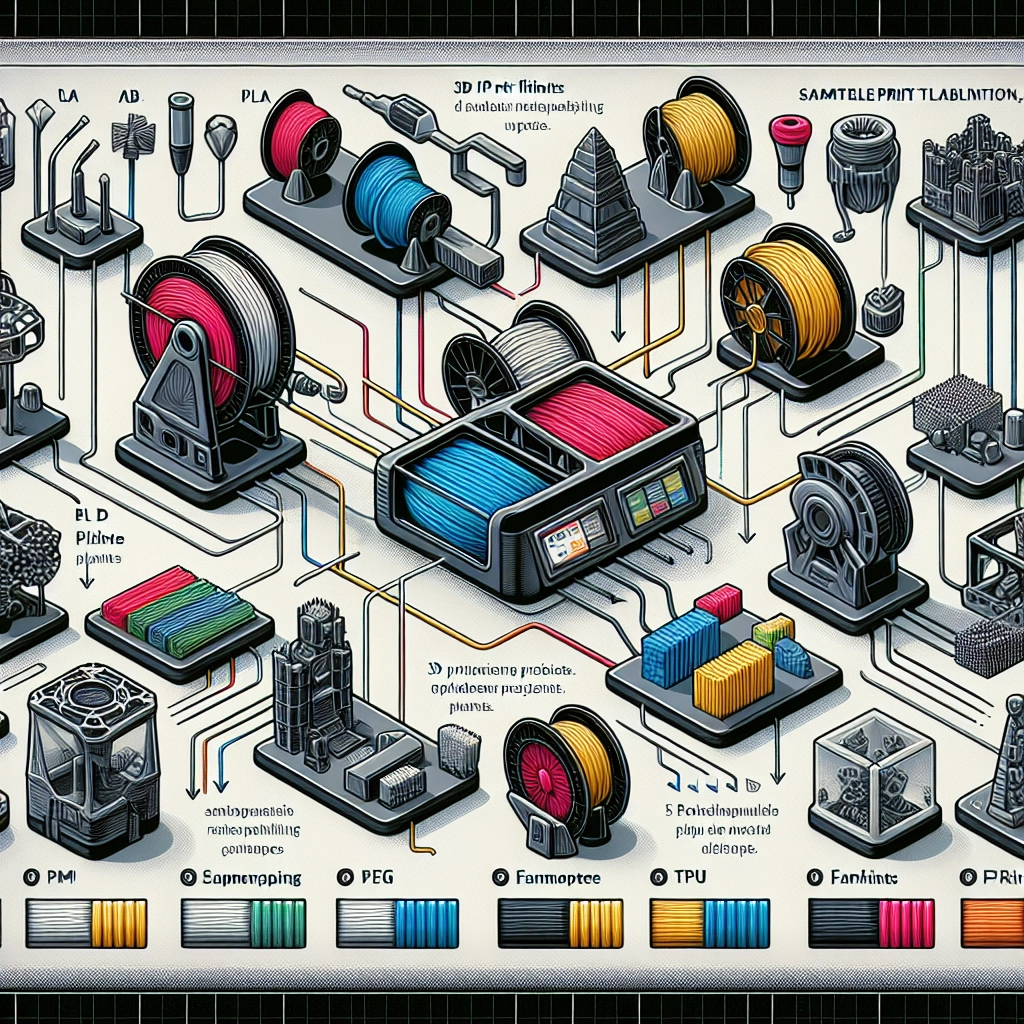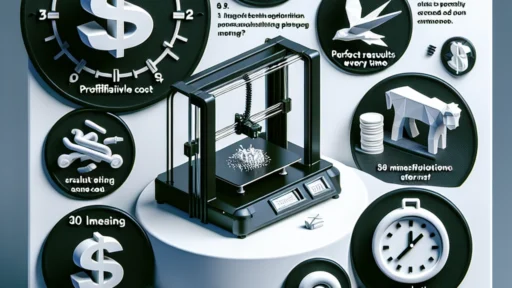How to Choose Filaments Based on Your Project Needs
If you’ve recently jumped into the world of 3D printing, you know how thrilling it can be to watch your ideas come to life. But with a wealth of filament types available, choosing the right one for your project can feel a bit overwhelming. Fear not! Let’s break it down in a simple and approachable way to help you pick the best filament for your creative endeavors.
Understanding Filament Types
Filaments come in various materials, each with its unique properties and uses. The most common types you’ll encounter are:
-
PLA (Polylactic Acid): This is the go-to for many beginners. PLA is made from renewable resources like cornstarch, making it highly biodegradable. It’s easy to print with and adheres well to surfaces, which is why it’s often recommended for first-time users. Plus, it comes in a vibrant array of colors!
-
ABS (Acrylonitrile Butadiene Styrene): If you want something sturdy and heat-resistant, ABS might be your best bet. This plastic is widely used in consumer goods, and its durability makes it a favorite for functional parts. However, it can be a bit tricky to work with as it emits fumes when heated and can warp without proper cooling.
-
PETG (Polyethylene Terephthalate Glycol): With a balance between ease of use and impressive strength, PETG is a favorite for those wanting a bit more versatility. It’s less brittle than PLA and is known for being resistant to moisture. If your projects require durability but you want something easier to work with than ABS, this is a solid choice.
-
TPU (Thermoplastic Polyurethane): Need flexibility? TPU is your filament. It’s rubber-like, making it great for projects where you need some give, such as phone cases or flexible gaskets. Printing with TPU requires some finesse due to its soft nature, so ensure your printer is fitted for flexible filaments.
-
Nylon: Known for its strength and flexibility, Nylon is perfect for functional parts that require resilience. It’s more challenging to print than other filaments and often requires higher temperatures and special considerations for adhesion, but the results can be stunning.
Assessing Your Project Needs
Now that you have an idea of what filaments are out there, it’s time to assess your project’s needs. Here are a few questions to guide you:
-
What is the purpose of the item? Think about what you want to create. Is it a model for a school project, a functional part, or a decorative piece? For decorative pieces, look towards PLA for its ease of use and color variety. For functional pieces, consider ABS or PETG for added strength.
-
Will the object encounter stress or wear? If your project will face regular handling or wear and tear, it’s essential to choose a tough filament. Nylon or PETG might be the way to go if durability is key.
-
Does it need to be flexible? For parts that need some bending or stretching, go with TPU. Just be aware that printing flexible filaments often requires slower speeds and more careful calibration.
-
Will it be exposed to heat or moisture? If your 3D print might find itself in a hot or humid environment (think of projects like outdoor planters), you’ll want a filament that can hold up. ABS or PETG could be good fits here, as they both offer better resistance to those conditions.
Experimentation Is Key
One of the joys of 3D printing is the ability to experiment and learn. Don’t be afraid to try different materials for varying projects. As you print and refine your technique, you’ll get a better grasp of how each filament performs under different circumstances.
Be mindful of other factors that can influence your results, such as print settings, bed adhesion, and your specific 3D printer’s capabilities. Each machine may have quirks that could affect how well a filament performs, so a little tinkering can go a long way.
Final Thoughts
Choosing the right filament is a blend of understanding your specific project needs and the properties of each material. With this knowledge, you’ll soon find that picking filament becomes second nature. Embrace the learning process, treat your 3D printing journey as an exciting adventure, and don’t hesitate to explore new materials along the way. After all, every great creator started somewhere, and each print brings you one step closer to mastering your craft! Happy printing!






